 back back up up |
||||||||
|
|
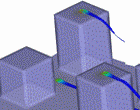 |
|||||||
Kambiz Nazridoust, Ph.D. Candidate |
||||||||
Current Projects |
||||||||
|
Simulation of Hydrate Formation and Dissociation |
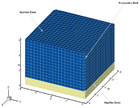
|
|||||||
|
Simulation of Outdoor Emissions in Street Canyons |
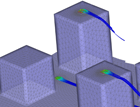 |
|||||||
|
Simulation of Single and Multiphase Flows in Fractured Rocks |
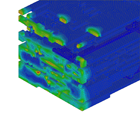 |
|||||||
|
Simulation of Indoor Air Pollution |
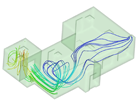 |
|||||||
|
Simulation of Fluidflow in a Porous Flowcell |
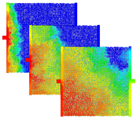 |
|||||||
Copyright @ Kambiz Nazridoust, 2005 |
 back back up up |
|||||||
